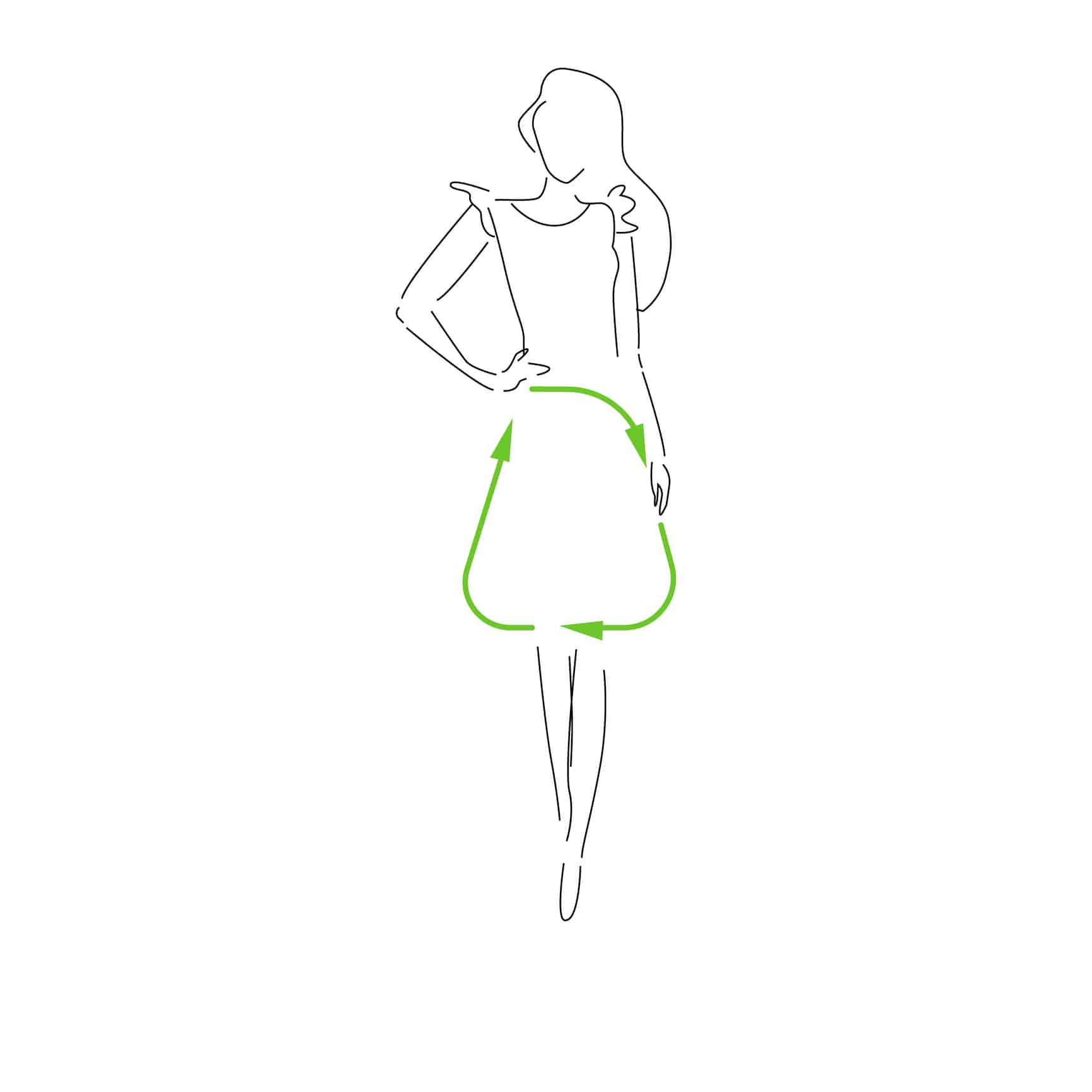Do you have a keen eye for visual design? Do you thoroughly enjoy working with other people and getting deeply involved with projects? You may want to consider becoming an art director.
An art director is responsible for overlooking the visual design and layout of a publication, print or otherwise. To become an art director, it takes years of hard work, experience, and a keen eye for design. It is indeed an impressive job title and one you may be seeking for yourself.
If you like the idea of pursuing your innate creative vision and passion for print, you may want to hear more about what this job title entails. Read on to learn more.
An art director is in charge of the overall design for a project, and also directs others who develop visuals and layouts. They also determine the overall style or tone of a publication and express their vision to artists who submit images such as illustrations, photographs, and graphics.
In the world of publishing, an art director’s duty involves making creative decisions and setting deadlines. Often, they are also responsible for setting budgets.
Here are some of the main duties of an art director:
Note: while art directors are expected to have a certain amount of graphic design judgement and technical know-how, it is not necessary for them to possess extensive drawing skills.
Being an art director comes with a large set of responsibilities. To succeed as an art director, it’s crucial to develop and hone some important skills. Here are several skills and qualities that most art directors have:
Strong leadership skills. Since art directors work with a myriad of people and overlook a number of projects, it’s key to have the leadership skills to do this effectively and consistently. In addition to emotional intelligence, you will need compassion and empathy to succeed as a good leader. It’s also important to motivate and support their staff to help them perform their best and, ultimately, make the process more seamless.
A clear and creative vision. A good art director is open to inspiration and the skills of the people around them. However, they also maintain a clear vision of delivering a message in alignment with the brand and that speaks directly to the reader. Since their decisions affect the overall look of a magazine, art directors must possess a strong, clear artistic vision.
Good time management skills: Knowing when and where to best invest energy is the difference between a good art director and a bad art director. They need to know when to say yes and no when it comes to making key decisions that affect the magazine. Since art directors already have a long list of tasks that need to be completed, it’s crucial that they have good time management skills.
Clear communication: it’s important that art directors are able to communicate clearly to their team in order to optimize the process and prevent miscommunication that could lead to devastating consequences for the publication.

Landing a job as an art director can be difficult, but if you gain the knowledge, skillset, and experience, you can certainly work your way up to the art director job position. Here are some tips for becoming an art director.
If you think you have what it takes to become an art director, go ahead and make the leap! Remember, you are the creator of your story and your success.
| Cookie | Duration | Description |
|---|---|---|
| cookielawinfo-checbox-analytics | 11 months | This cookie is set by GDPR Cookie Consent plugin. The cookie is used to store the user consent for the cookies in the category "Analytics". |
| cookielawinfo-checbox-functional | 11 months | The cookie is set by GDPR cookie consent to record the user consent for the cookies in the category "Functional". |
| cookielawinfo-checbox-others | 11 months | This cookie is set by GDPR Cookie Consent plugin. The cookie is used to store the user consent for the cookies in the category "Other. |
| cookielawinfo-checkbox-necessary | 11 months | This cookie is set by GDPR Cookie Consent plugin. The cookies is used to store the user consent for the cookies in the category "Necessary". |
| cookielawinfo-checkbox-performance | 11 months | This cookie is set by GDPR Cookie Consent plugin. The cookie is used to store the user consent for the cookies in the category "Performance". |
| viewed_cookie_policy | 11 months | The cookie is set by the GDPR Cookie Consent plugin and is used to store whether or not user has consented to the use of cookies. It does not store any personal data. |
Create your free account and begin your sustainability journey.

